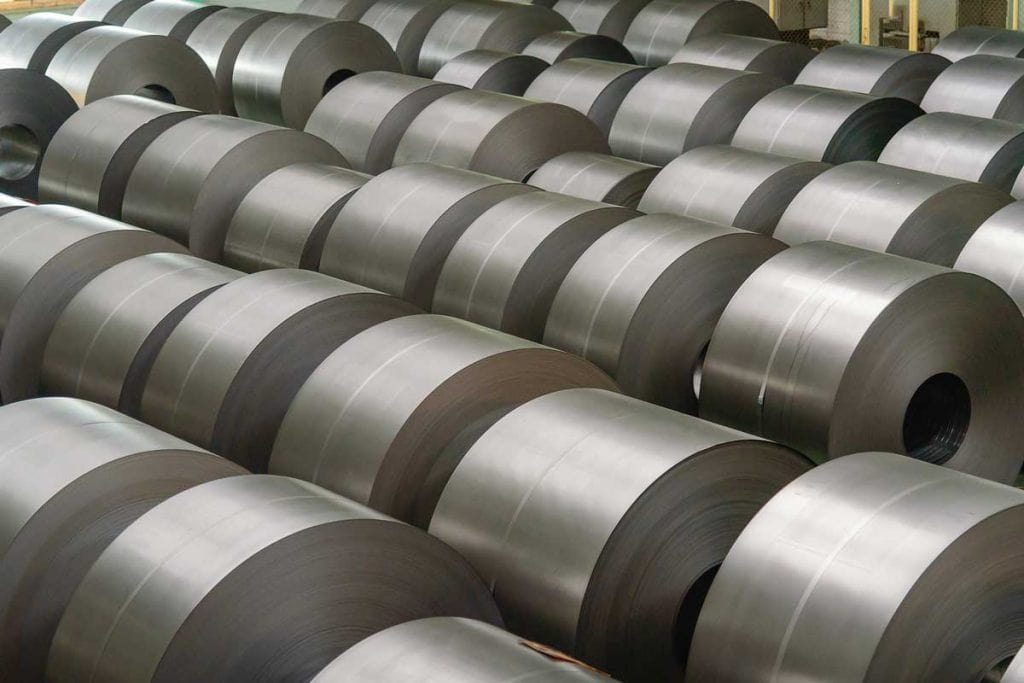Steel prices have been on a steady climb from August of last year, going from an average price of $473 USD to the current $1,770 per ton of HR steel in North America. Given the last major high even remotely close to this in the past decade was $915 per ton in July 2018, fabricators have more than enough reason to be concerned that current prices will continue to rise.
The ultimate fear is that job shops won’t be able to make enough money to remain afloat, especially those who had recently invested in new technology. Without the ability to buy materials at a feasible price, those machines simply take up space. It may be necessary to adjust prices while materials are expensive—make sure to inform regular customers that an increase is due to the current market. The Fabricator is an excellent source for industry news and analysis should they ask for more information regarding material prices.
Even with price adjustments, know your limits when it comes to incoming quotes and orders; some might just not be practical to fill while still paying expenses. Don’t eat away at margins at the detriment of your own business.
The hope is that prices will finally peak in August at $1825, with a gradual drop over the next year to a more reasonable $1000 per ton.
In the meantime, what can small laser-cutting job shops do in order to make profit? Laser cutting itself is a very flexible part of manufacturing; there is a plethora of jobs out there that need reliable fabricators, and use materials far cheaper than steel currently is. The job shop needs to be as flexible as its tools—what kind of jobs are you capable of expanding into that you usually don’t take? Consider whether keeping within your business’ comfort zone is truly in your best interest in the current market, or if taking new business opportunities could be your greatest ally.
For job shops with ongoing demand for steel from their customers, waiting out the peak in prices simply isn’t an option. It’ll be necessary for those fabricators to maximize the amount of usage they can get out of the material. Here, automated nesting and grouping like orders from different customers are invaluable. Not only do these methods guarantee the greatest amount of parts cut from each sheet, saving material from the scrap bin, but you’ll also save time from planning, changeovers, and allow you to execute orders in tandem. These all work together to save you a bundle in this time of stress. Our sister company ipLaser provides quoting software with the capability to collate parts cut from like material, schedule the orders together, and fully nest them to maximize material usage.
Finally, it’s also a good idea at this time to analyze your scrap process, as resell value will be increasing at the same time as prices for raw material. In order to make the most of this source of income, have a clear plan and process for your job shop, with used scrap organized by material and by size. Read our previous article on selling scrap here.
While high expenses are stressful, remember that it’s not impossible to find ways around this problem. Keep an eye on current prices, predictions for the next 12 months, and keep yourself and your job shop informed on new opportunities and workarounds to get the edge on your competitors.
For more advice from experienced fabricators, like this article on the impact proper nesting can have on your profit margin, check out our Industry Insights and social media.
Gemma Randall
Marketing, Tempus Tools




